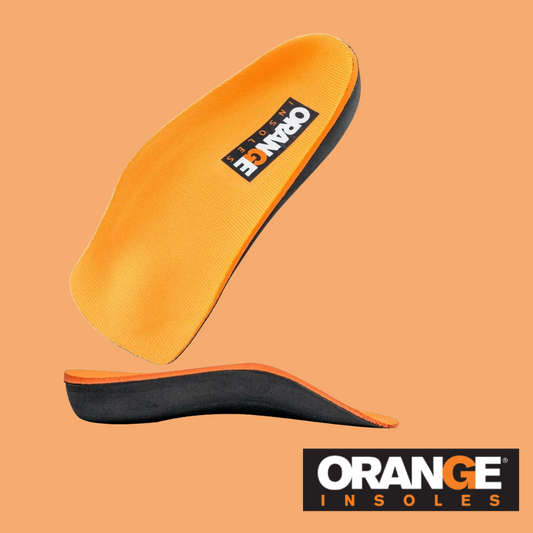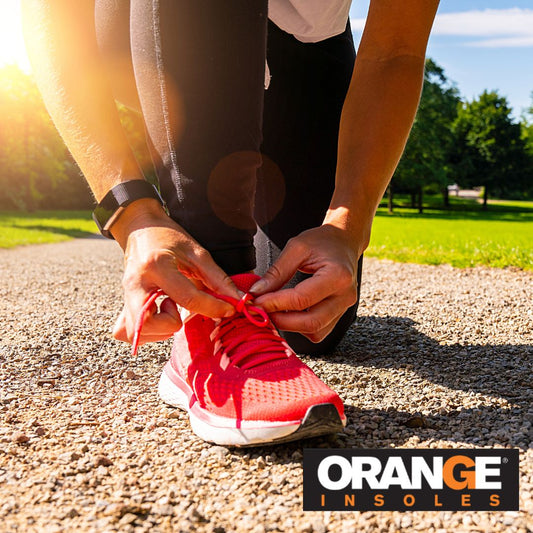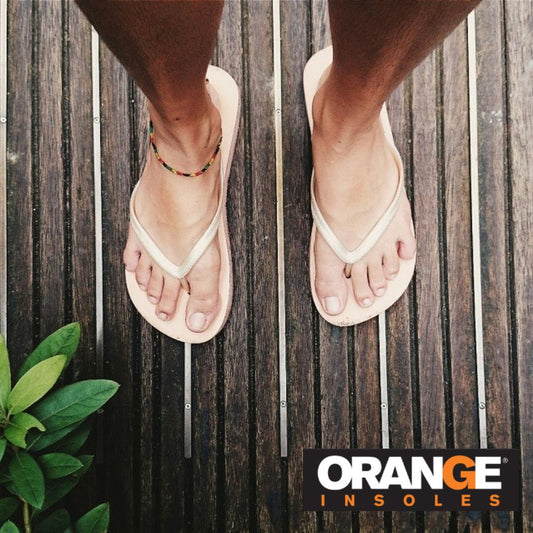While working in a fast-paced work environment, it’s easy for office workers to end up sitting for hours on end. According to the Mayo Clinic, prolonged sitting is associated with an increased risk of various health issues, including obesity, cardiovascular disease, and diabetes, which can lead to premature death. Incorporating seated exercises into your daily routine can help mitigate these problems, promoting better health and increased comfort.
Thankfully, you don’t need to step out of your work space to get some movement going to lower the risk of these health issues.
The Importance of Seated Exercises
Prolonged sitting can cause numerous health issues, such as muscle stiffness, reduced flexibility, and decreased blood flow. Seated exercises offer a convenient way to stay active, even when you're bound to your desk. These exercises can help:
- Improve Circulation: Regular movement prevents blood from pooling in your lower extremities, reducing the risk of blood clots and swelling.
- Enhance Flexibility: Stretching and moving your muscles keeps them flexible, reducing the likelihood of stiffness and injury.
- Boost Energy Levels: Physical activity stimulates the release of endorphins, enhancing your mood and energy levels.
- Reduce Muscle Tension: Exercises can alleviate tension in muscles that become tight from sitting, particularly in the neck, shoulders, and back.
Fun fact: Do you know you burn more calories in a whole day of small movements than you do in 1 hour of workout in the gym?
Effective Seated Exercises for Office Workers
- Seated Leg Raises
- How to Do It: Sit up straight in your chair with your feet flat on the floor. Slowly lift one leg until it is straight and parallel to the floor. Hold for a few seconds, then lower it back down. Repeat with the other leg.
- Benefits: Strengthens your quadriceps and improves circulation in your legs.
- Chair Twists
- How to Do It: Sit up straight with your feet flat on the floor. Place your right hand on the back of your chair and gently twist your torso to the right, holding the position for 10-15 seconds. Return to the center and repeat on the left side.
- Benefits: Enhances spinal mobility and stretches your back muscles.
- Seated Marching
- How to Do It: Sit up straight and lift one knee towards your chest as high as possible, mimicking a marching motion. Lower it and repeat with the other leg. Alternate legs for 1-2 minutes.
- Benefits: Improves cardiovascular health and strengthens hip flexors.
- Neck Stretches
- How to Do It: Sit up straight and slowly tilt your head to one side, bringing your ear towards your shoulder. Hold for 10-15 seconds and then switch sides. Repeat several times.
- Benefits: Reduces tension in the neck and shoulders, preventing stiffness.
- Shoulder Shrugs
- How to Do It: Sit up straight and lift your shoulders towards your ears, holding for a few seconds before releasing them back down. Repeat 10-15 times.
- Benefits: Relieves shoulder tension and improves posture.
- Seated Hamstring Stretch
- How to Do It: Sit on the edge of your chair with one leg extended straight out, heel on the floor. Gently reach towards your toes, feeling the stretch in the back of your thigh. Hold for 10-15 seconds and switch legs.
- Benefits: Stretches the hamstrings and reduces lower back tension.
- Ankle Rotations
- How to Do It: Lift one foot off the floor and rotate your ankle clockwise and then counterclockwise for 10-15 seconds each. Repeat with the other ankle.
- Benefits: Enhances ankle flexibility and improves circulation in the lower legs.
How Seated Exercises Alleviate Common Issues from Prolonged Sitting
Seated exercises can significantly alleviate discomfort and pain caused by prolonged sitting, targeting various parts of the body that are often affected by sedentary work habits.
- Lower Back Pain
- How Seated Exercises Help: Exercises like seated hamstring stretches and chair twists can reduce tension in the lower back and improve flexibility, alleviating pain and stiffness.
Read more: Back Pain and Your Feet: How are they related?
- Neck and Shoulder Tension
- How Seated Exercises Help: Neck stretches and shoulder shrugs help to relieve tension and prevent stiffness in the neck and shoulders, common issues for those who spend long hours at a desk.
- Leg and Ankle Swelling
- How Seated Exercises Help: Seated leg raises and ankle rotations enhance blood flow, reducing the risk of swelling and improving circulation in the lower extremities.
- Hip Flexor Tightness
- How Seated Exercises Help: Seated marching and leg raises strengthen the hip flexors and maintain flexibility, preventing tightness that can result from prolonged sitting.
- Poor Posture
- How Seated Exercises Help: Regular practice of seated exercises like shoulder shrugs and seated twists can improve posture by strengthening the muscles that support the spine and encouraging proper alignment.
- General Muscle Stiffness
- How Seated Exercises Help: Incorporating a variety of seated exercises into your routine keeps muscles active and flexible, reducing overall stiffness and discomfort.
- Fatigue
- How Seated Exercises Help: Physical activity stimulates blood flow and the release of endorphins, which can combat fatigue and boost energy levels throughout the workday.
Orange Insole Pro tip: Protect your feet! Look for shoes that provide proper arch support, cushioning, and a good fit to help reduce strain on your back and legs throughout the day. If your shoes lack that support, wear Orange Insoles!
Seated exercises are a practical and effective way for office workers to stay active and maintain their health despite long hours of sitting. By incorporating these exercises into your daily routine, you can alleviate common issues associated with prolonged sitting, such as back pain, neck tension, and poor circulation.
Regular movement and stretching can significantly enhance your overall well-being and comfort throughout the workday. Stay proactive about your health by integrating these simple yet effective exercises into your office routine.

























































